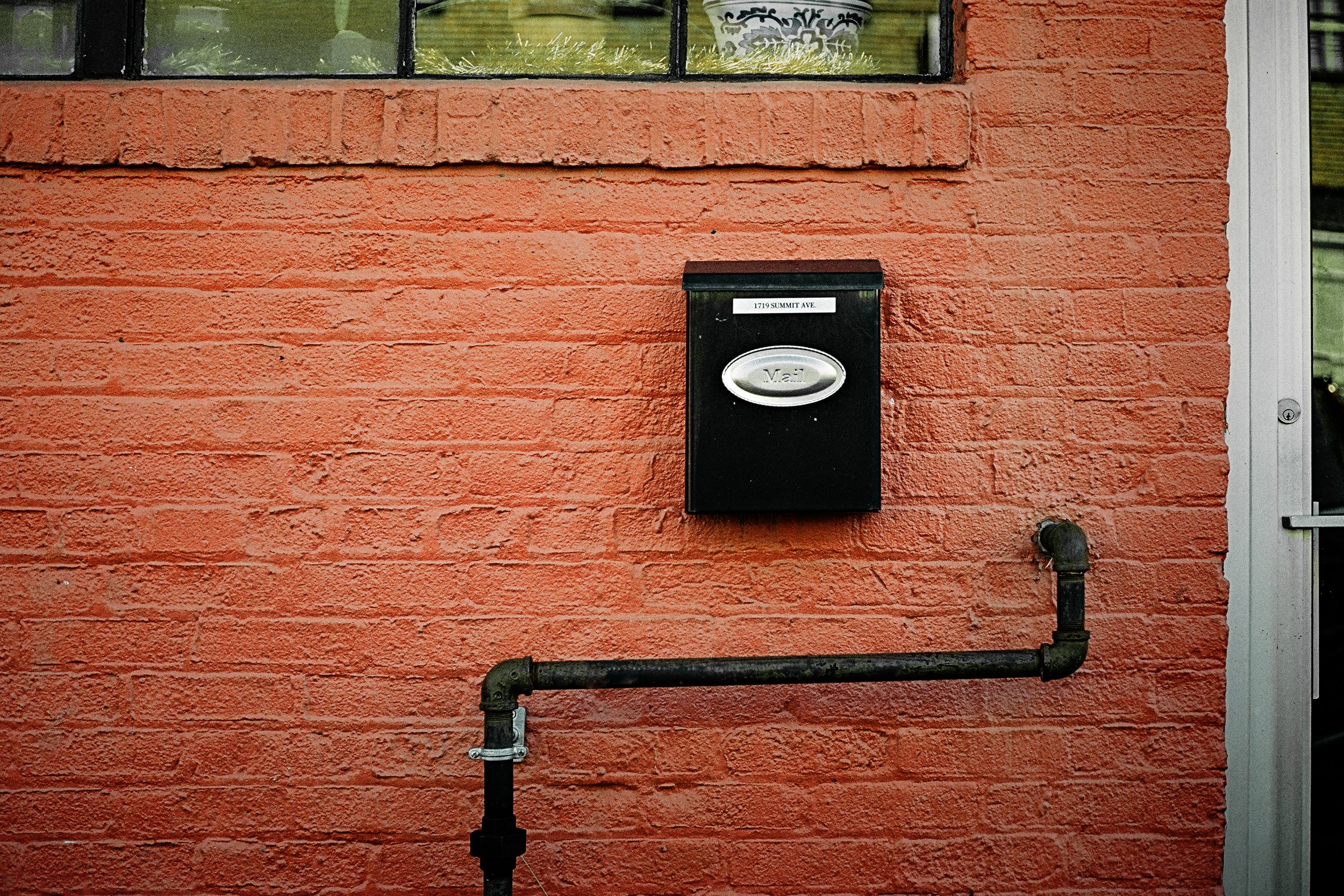Mid-morning Snack
One Picture/One Paragraph
Entering our home is a joyful experience, especially if we have been away, for a few days or even a few hours. I love the way our home smells, the thoughtful arrangement of things of beauty and function, the soft light from windows without curtains, the little clues to who we are and how we live and love. It is a safe space filled with years of memories. On this day, we had been grocery shopping and stepping over the threshold I stopped to breathe deeply, in and out, soaking in the warmth of this familiar place. Left on the counter, a chunk of banana meant to go along on our errands, left behind, forgotten, a still life scene in the midst of a not-so-still life. That banana made me smile, sitting there resolutely, casting a shadow, demanding attention, before groceries could be put away. My husband laughed at my exclamation, “This looks like an art installation in a museum! I’m going to get my camera.” I refuse to frame my way of seeing the world as corny or clichéd. There is nothing more beautiful than sincerity.







